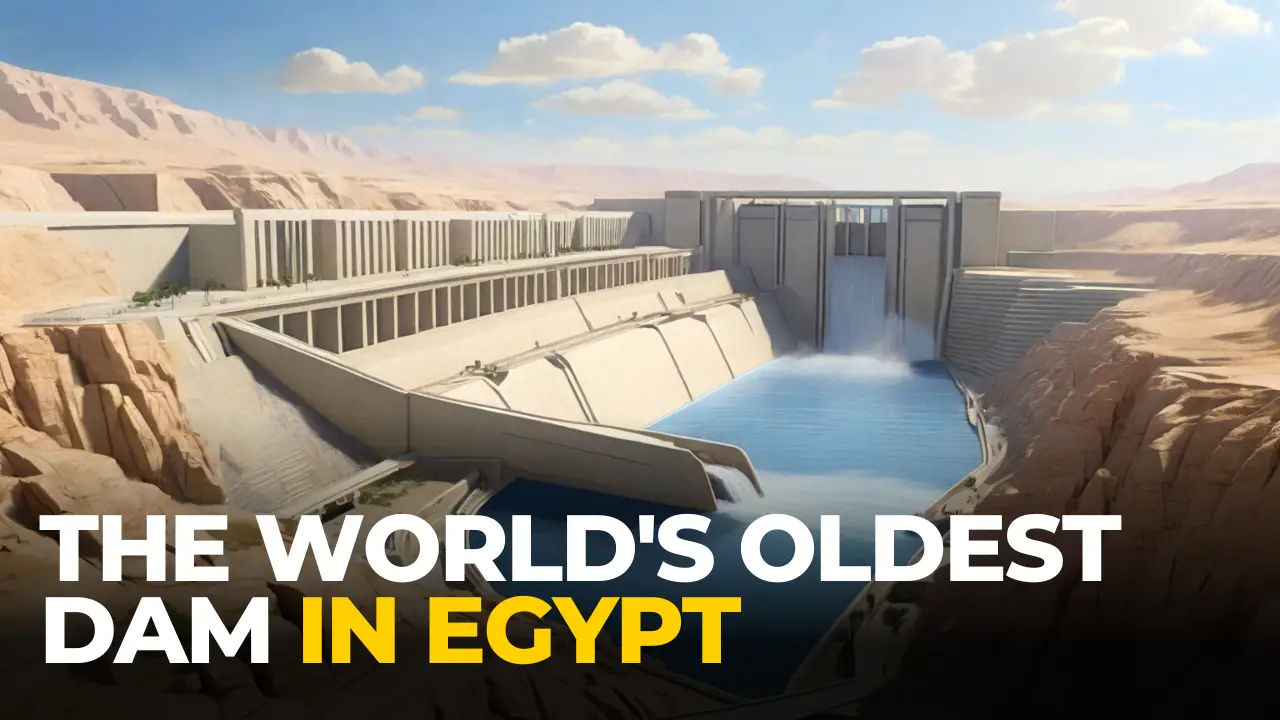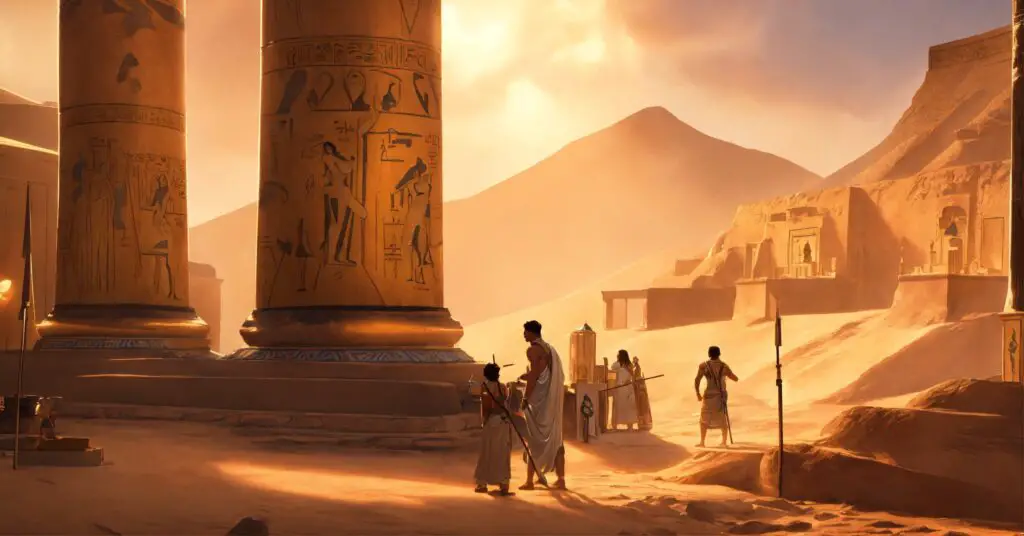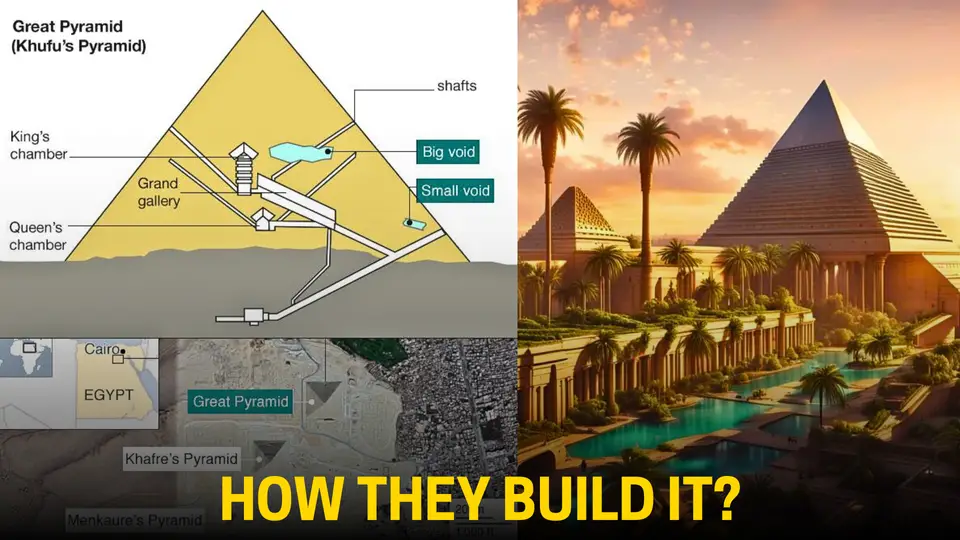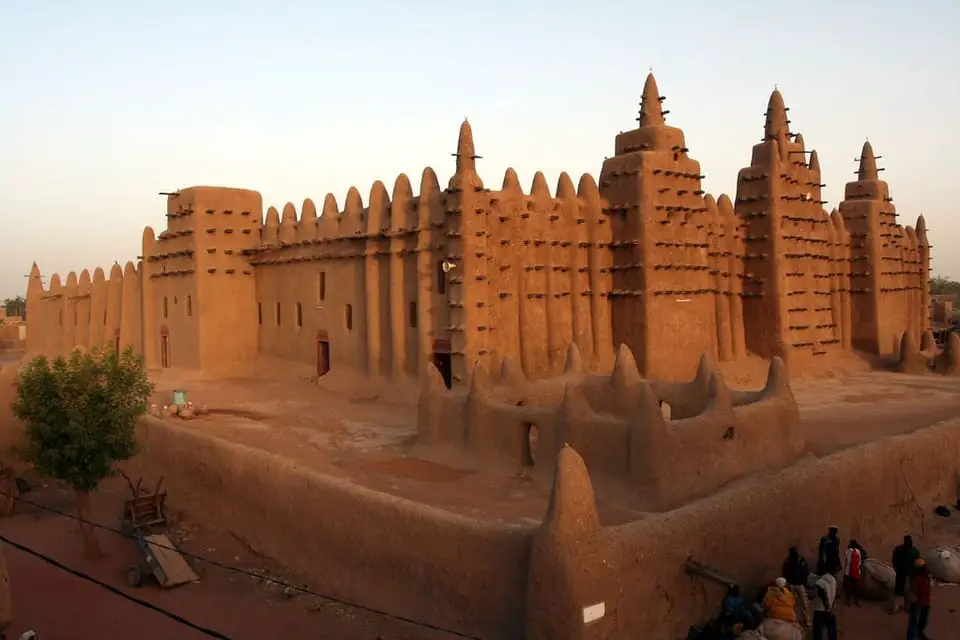Unveiling the Secrets of the Sadd el-Kafara: The World's Oldest Dam Destroyed by Nature's Fury

In the arid deserts of ancient Egypt, a remarkable engineering marvel once stood tall, a testament to the ingenuity and ambition of the early Egyptian civilization.
The Sadd el-Kafara, located about 40 km southeast of Cairo near the town of Helwan, was a massive embankment dam built over 3,700 years ago, earning it the distinction of being the oldest known large dam in the world.

This ancient structure, constructed during the reign of the powerful pharaohs who commissioned the iconic pyramids, was a true engineering marvel of its time.
Stretching an impressive 113 meters in length, 14 meters wide, and boasting a base width of 98 meters, the Sadd el-Kafara was a colossal undertaking, involving the movement of 60,000 tons of earth and rock-fill.

The primary purpose of this ancient dam was to contain the sudden and often destructive flash floods that plagued the narrow desert valleys, known as wadis, in the region.
These flash floods, caused by sudden storms and heavy rainfall, posed a significant threat to the settlements and construction sites in the area, including the workers toiling to erect the awe-inspiring pyramids and temples that still stand today.

Situated in the Wadi Garawi, one of the numerous wadis that snake through the desert east of the Nile Valley, the Sadd el-Kafara was strategically placed at the narrowest point of the ravine, where the valley constricted to a mere 100 meters wide.
This location was carefully chosen to maximize the dam’s effectiveness in controlling the raging floodwaters that would cascade through the wadi during heavy storms.
If completed, the Sadd el-Kafara would have been capable of storing an astounding 465,000 to 625,000 cubic meters of water, providing a vital resource for the workers and animals involved in the quarrying and construction of the nearby pyramids and temples.

However, the dam’s fate was sealed by a catastrophic flood that struck before its completion. The absence of a spillway or any means to redirect excess water around the construction site left the dam vulnerable.
While the upstream side of the dam was largely finished, the downstream section remained significantly underdeveloped, further compromising its structural integrity.
The dam’s inward-sloping crest, which may have been intended as a rudimentary spillway by the ancient engineers, proved to be a fatal flaw. Without a flattened top, the crest lacked the necessary protection from the raging floodwaters that eventually overtopped it.
When the flood hit, the force of the water was simply too much for the unfinished dam to withstand. The torrent breached the central section, washing away a staggering 50 to 60 meters of the dam’s middle, leaving only the ends standing as a testament to the power of nature.

The collapse of the Sadd el-Kafara was likely a devastating sight, unleashing a catastrophic flood in the lower reaches of the Wadi Garawi.
The impression left by this disaster must have been so profound that it discouraged the ancient Egyptians from attempting to construct another dam of the same composite design for nearly eight centuries.
It wasn’t until 1885 that the ruins of the Sadd el-Kafara were rediscovered by the German archaeologist Georg Schweinfurth. The missing middle section and the resulting exposed cross-section provided invaluable insights into the construction techniques employed by the ancient Egyptian engineers.

Today, the Sadd el-Kafara stands as a powerful reminder of both the incredible achievements of ancient Egyptian engineering and the humbling force of nature. The dam’s sides, remarkably, remain in “excellent condition” despite the ravages of time and the catastrophic flood that sealed its fate over 3,700 years ago.
As modern visitors and archaeologists explore the ruins of the Sadd el-Kafara, they are struck by the sheer audacity of this ancient project and the skill of the engineers who undertook it.
The dam’s exposed cross-section offers a unique glimpse into the layered construction methods and materials used, providing invaluable insights into the engineering practices of the ancient Egyptian civilization.
Moreover, the Sadd el-Kafara’s story serves as a cautionary tale about the importance of robust design and accounting for the unpredictable forces of nature.

While the ancient engineers may have underestimated the potential for catastrophic flooding, their efforts paved the way for future advancements in dam construction and flood control measures.
As we continue to explore and study the wonders of ancient Egyptian engineering, the Sadd el-Kafara remains a symbol of human ingenuity and resilience in the face of nature’s power.
Its legacy endures, inspiring modern engineers and reminding us of the importance of learning from the past as we shape the future of our built environments.
Image Gallery














